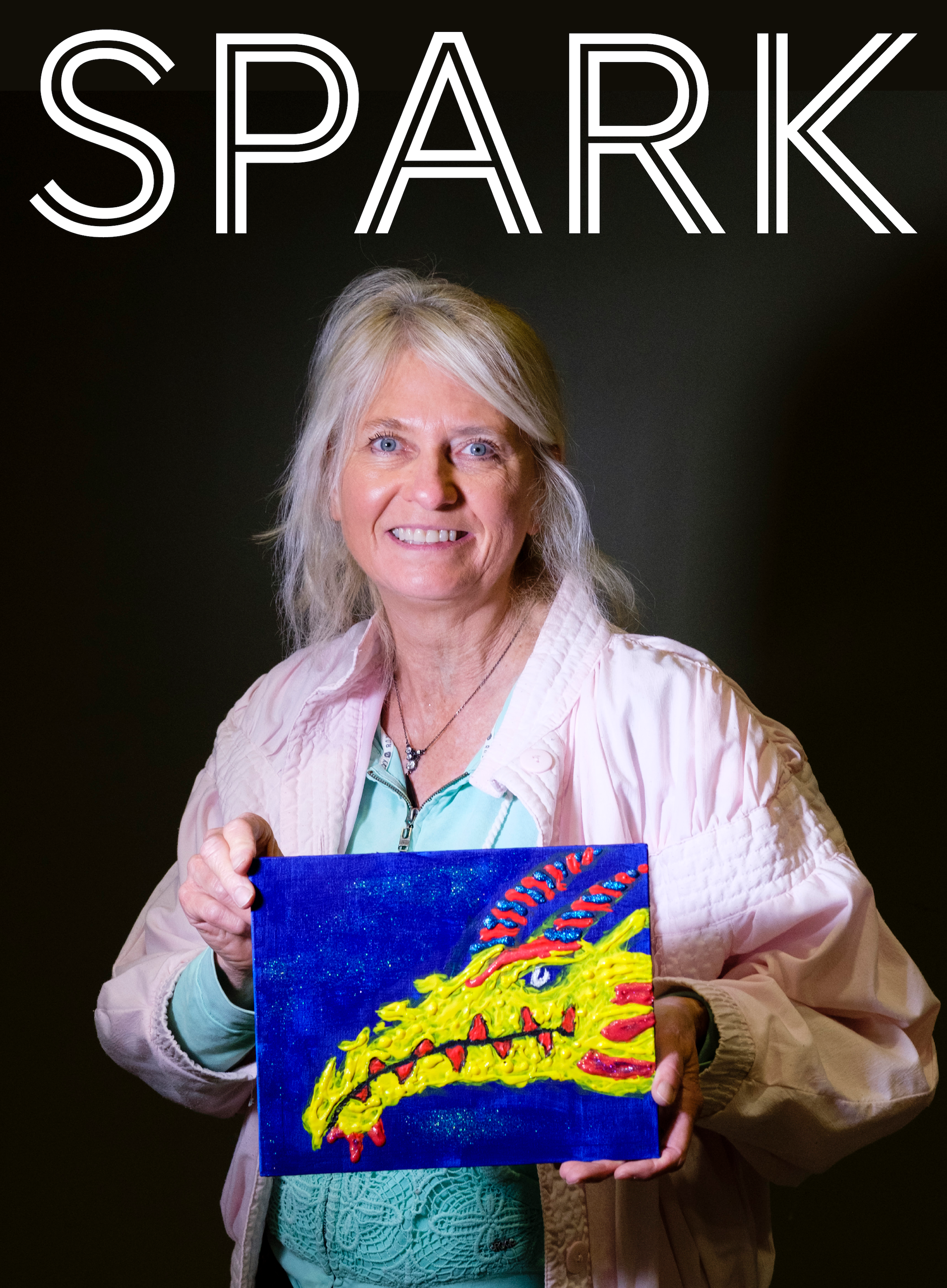Accessible gaming: Rethinking design for the visually impaired

Local students work to create accessible books and board games
Here’s an exercise you can try at home: Put on a blindfold and try to read a children’s book. Think about what’s missing. The words, of course, but also other things that make a kids’ book so fun – things like the illustrations and creative layout design. What could be done to improve a children’s book so that kids who are visually impaired could experience the story?
 That’s the challenge students in Thornton gave themselves in the spring of 2017. Originally referred to as the Build a Better Book Project, this collaboration between Anythink Huron Street, CU Science Discovery, Adams 12 STEM Launch and the Difference Makers Club encouraged students to use 3D printing to fabricate tactile picture books for children who are blind or visually impaired. They even went beyond the tactile to brainstorm ways of incorporating other senses like sound to aid in the storytelling experience. And while the students didn’t produce a final book that met all of their criteria, they were able to establish a process for thinking, experimenting and testing concepts that would carry them to another project – this time, with a specific audience in mind.
That’s the challenge students in Thornton gave themselves in the spring of 2017. Originally referred to as the Build a Better Book Project, this collaboration between Anythink Huron Street, CU Science Discovery, Adams 12 STEM Launch and the Difference Makers Club encouraged students to use 3D printing to fabricate tactile picture books for children who are blind or visually impaired. They even went beyond the tactile to brainstorm ways of incorporating other senses like sound to aid in the storytelling experience. And while the students didn’t produce a final book that met all of their criteria, they were able to establish a process for thinking, experimenting and testing concepts that would carry them to another project – this time, with a specific audience in mind.
Click here to learn more about Kylan Bain, who founded the Difference Makers Movement at age 12.
In speaking with the parents of blind and visually impaired children, CU Science Discovery received a repeated request: board games. The new challenge was accepted, transforming the Build a Better Book project into a new iteration now known as Sensory Design Lab.
“Our teens are always looking for meaningful service work,” says Anythink Huron Street manager and Sensory Design Lab leader Genné Boggs. “Board games felt like a good fit for this group – something they could be excited about creating.”
Students repeated the blindfold experiment, this time attempting to play games like Memory, Connect 4, checkers and dice games. They asked themselves questions like: “How can we make this piece immediately identifiable and distinct?” and “How can we make this game more physically stable?”
By working with TinkerCAD software, the Sensory Design Lab participants created original designs to be 3D printed and tested. They received direct feedback from Shalini Menon, a blind researcher working with CU Science Discovery, who volunteered to test out their concepts by making three visits throughout the design and testing phase. The students continued to make adjustments until their projects were complete and presented to the group – and eventually with the families who originally requested them.
“Several games designed by the teens have been sent to the families, and we’re looking forward to improving those designs when we receive their feedback,” says Stacey Forsyth, director at CU Science Discovery. “We’ve been thrilled to see such widespread interest in the project and will soon be training another cohort of librarians, including librarians from Colorado as well as out of state, to bring the program to their makerspaces.”
 As the project continues to grow to include more students, libraries and communities, the Sensory Design Lab at Anythink Huron Street continues. The team is working with CU Science Discovery and STEM Launch to help make all the design files created by the teens publicly available, so that anyone with access to a 3D printer could easily create their own accessible board game. Meanwhile, the games have been put to use at the library for the public, and staff have found that the accommodations created by the teens also make them more engaging for other populations like adults with disabilities.
As the project continues to grow to include more students, libraries and communities, the Sensory Design Lab at Anythink Huron Street continues. The team is working with CU Science Discovery and STEM Launch to help make all the design files created by the teens publicly available, so that anyone with access to a 3D printer could easily create their own accessible board game. Meanwhile, the games have been put to use at the library for the public, and staff have found that the accommodations created by the teens also make them more engaging for other populations like adults with disabilities.
“Our students have enjoyed problem-solving to make games more engaging for all users,” says Adams 12 STEM Launch coordinator Kate Klaver. “They have gone through the engineering design process multiple times to improve their game iterations. They are motivated to do this because they believe that these games should bring joy to anyone who wants to play them, and they shouldn’t limit their audience when there are ways to redesign these games to be accessible for all.” ■
Send your questions or feedback to ithink@anythinklibraries.org or post in the comments below.

